I have read this book more than once. It's that good.
I am a firm believer in being picky about who you learn from. Because when you first start out, you usually end up a little behind whoever you copy.
If your mentor makes $100,000 a year you'll probably make $50,000/year in the beginning. If your mentor makes $1,000,000 a year you will end up making $250,000 a year for awhile.
The author shares 10 strategies used to create massive, multi billion dollar empires including: consolidation, out managing the competition, buying low, retaining equity, political influence, and more.
In today's video and article I want to focus on my favorite strategy in the book: the concept of copying vs. innovating. I am reminded of the quote by Pablo Picasso "Good artists copy, great artists steal."
One of the biggest mistakes I see new entrepreneurs making is thinking "Hey I have an awesome idea that's never been done before".
When I hear that I immediately think, "The fact that no one else has ever done it is a BAD sign, not a good sign."
It probably means there isn't any demand.
Sure, there are people who make money with brand new ideas like, Snapchat, Twitter or even Snuggies and the Segway (haha). But if you do the math most billionaires are created using the 'better mouse trap' strategy...
....Take an existing idea and improve on it.
In fact, as far as I can tell it's the THIRD business in every industry that usually makes all the money. For example, Friendster (didnt make any money), then second came Myspace (made decent money), then the third came FACEBOOK (made $100 billion). Same thing with IBM, Microsoft, and Apple. Same thing with airline companies, car companies, and department stores.
It's a complete myth that coming up with a brand new idea will make you rich.
In reality, the strategy that works is you coming in later and learning from the mistakes of the first innovators.
Bill Gates and Steve Jobs both borrowed most of their ideas from IBM and other little known engineers. Warren Buffet copied Benjamin Graham's investment strategy to a tee. Kobe Bryant copied Michael Jordan down to the exact way he follows through with his right hand on his jump shot. Mark Zuckerburg copied Tom. Martin Luther King Jr. took ideas from Benjamin Mays. Aristotle built on the earlier works of Plato. Even Einstein used Newtons laws of physics to build his newer, better E=MC2 understanding of the universe.
This copying concept can even be taken beyond learning from other humans. You can learn from Nature and your environment.
Let me quote from this interesting article:
Henry Ford did not invent the concept of the assembly line. He saw it in use in a meat packing factory. He copied the idea and implemented it in his car assembly plant. This innovation transformed car manufacture and made cars affordable for a mass market.
Ray Kroc copied this idea from car factories and applied it to his restaurant chain, McDonalds, to develop the fast food innovation.
One of the best sources of ideas for your business is the natural world. Nature solves problems in all sorts of clever ways so it can often provide an innovative solution for your business problem. Alexander Graham Bell based the design of the telephone on the workings of the human ear. The diaphragm in phone is similar to the diaphragm in the ear.
When doctors wanted to design a better hypodermic needle they looked to nature for inspiration and based their innovative design on the proboscis of a mosquito. The Pringles design is copied from wet leaves which fold together in a pleasing curve.
The Danish architect Jørn Utzon won the Pritzker Prize, architecture’s highest honour, for his creation of the Sydney Opera House, one of the most iconic buildings in the world. He based the design on the sails of sailing boats.
George de Mestral was a Swiss engineer. He went for a walk with his dog in the Alps in 1941. On his return he noticed that many plant burrs adhered strongly to his clothes and his dog’s fur. He studied the burrs under a microscope and saw that they worked with little hooks. He copied this idea in his invention of Velcro – which is now used as a fastener all over the world.
The Mum deodorant company took on Helen Barnett Diserens as a designer in the late 1940s. She was asked to develop a new way to apply a deodorant. She copied the idea of the ballpoint pen to create a new roll-on underarm deodorant which was marketed under the name of Ban Roll-On.
I remember once when I was young I asked my Uncle Bill, "How come all the gas stations are at one intersection?" I told him that if I opened a gas station I would be smarter and locate it far away from any other gas stations. But he wisely told me, "Tai, you make more money putting your gas station next to other ones."
It's counter intuitive but true. People who live in a neighborhood associate one corner with a place that's easy to get gas. So if you own a station on that corner you get more sales The competitors don't hurt you, they actually increase demand for your store.
One of my friends Frank Chindamo who is a professor at UCLA calls this 'mental real estate'. Humans gravitate towards buying things they are familiar with. In the classic business book, Crossing The Chasm by Geoffrey A. Moore he explains that most customers are pragmatists. They don't want to take the risk of trying something new.
Behavioral scientists call this 'the recognition heuristic'. It explains why people traveling to France eat at McDonald's despite the fact that France has amazing local restaurants. When we are in doubt about new surroundings our subconscious thinks 'The devil I know is better than the devil I don't know'. This is why copying an existing idea is so profitable.
Now don't get me wrong, The world needs new ideas and innovation. But people confuse innovation with improvement. It doesn't have to be one or the other. You can straddle the line between both: Innovate AND simultaneously improve an existing idea.
Human pride is our enemy. We want to be able to say "I thought of this first". Don't let pride hold you back. Cooperate with the natural cycle of life. Observing, copying, innovating... We are all tied into the continuing body of past knowledge and innovation.
As Sir Isaac Newton wrote: "If I have seen a little further it is by standing on the shoulders of giants."
So go out and find some 'giants' to learn from - stand on their shoulders. Be picky about who you learn from. Only choose amazing mentors, not your buddy or your next door neighbor who you think does pretty well just because he drives a BMW.
Find world changing people, people who will be remembered for centuries, and build off their ideas: Gandhi, Jesus, Freud, Darwin, Oprah, Shakespeare, Michael Jordan, Mandela, Buddha, Steve Jobs, Confucius, Socrates, Stephen Hawking, Warren Buffet, Jack Nicholson...
Remember it's just as easy to learn from the greatest than from someone average.
Pick and choose from their life story. Make your own special 'recipe' from all the amazing things they did and leave out all their mistakes.

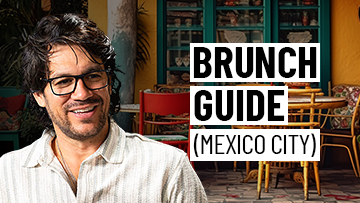 The Ultimate Mexico City Brunch Crawl: Tai Lopez Eats His Way Through CDMX's Best Breakfast Spots
The Ultimate Mexico City Brunch Crawl: Tai Lopez Eats His Way Through CDMX's Best Breakfast Spots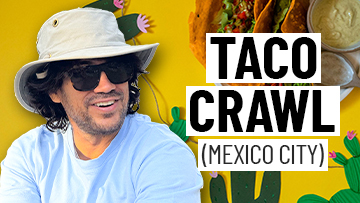 Taco Mecca: Tai Lopez's Bold Bite Through Mexico City's Street Food Icons
Taco Mecca: Tai Lopez's Bold Bite Through Mexico City's Street Food Icons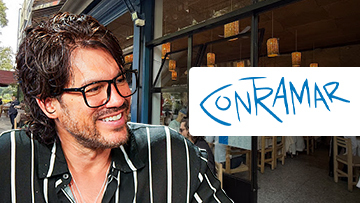 Contramar in Mexico City: The Seafood Powerhouse That Outswims the Rest
Contramar in Mexico City: The Seafood Powerhouse That Outswims the Rest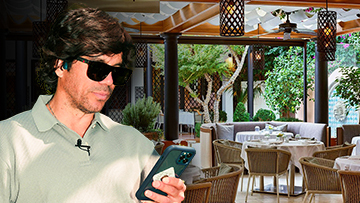 Tai Lopez's Exquisite Stay and Dining Experience at The Restaurant at Hotel Bel-Air
Tai Lopez's Exquisite Stay and Dining Experience at The Restaurant at Hotel Bel-Air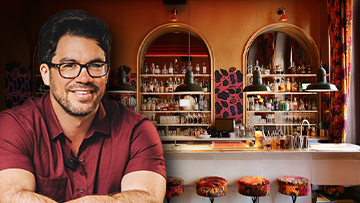 Tai Lopez Reviews Sketch London: A Dining Wonderland in Mayfair
Tai Lopez Reviews Sketch London: A Dining Wonderland in Mayfair

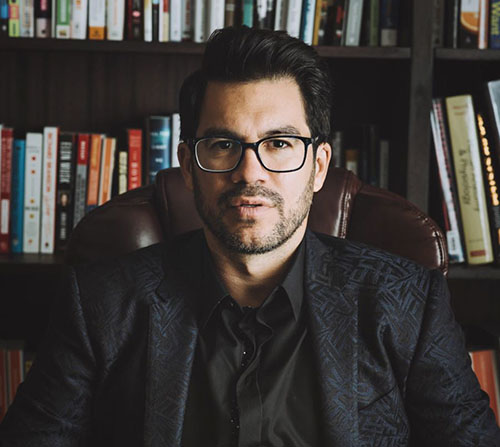
0 Comments